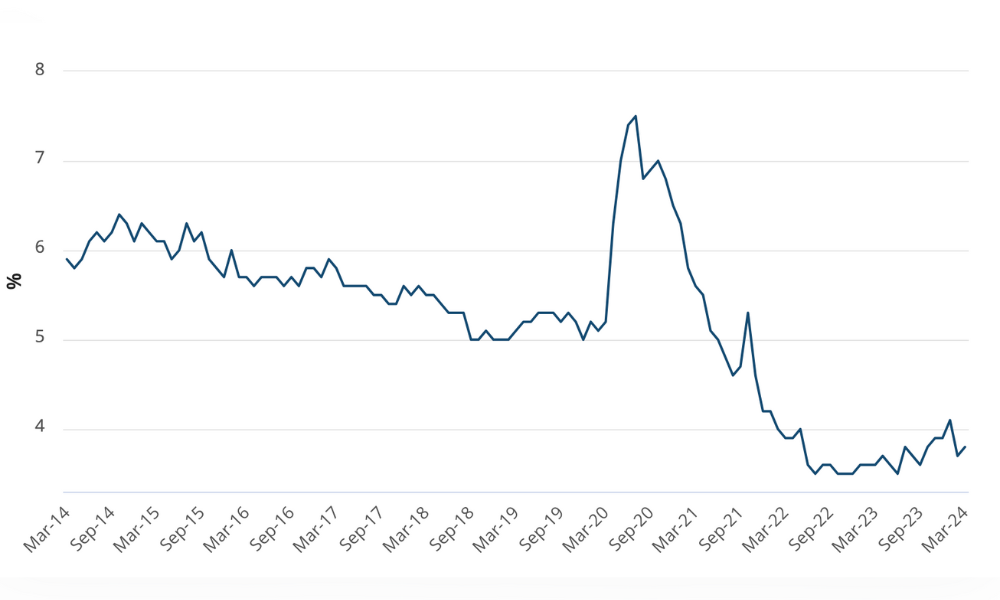NEARLY 90 per cent of employee turnover is avoidable, however, different retention strategies are required for women, baby boomers, generation X and generation Y, a recent study has found
NEARLY 90 per cent of employee turnover is avoidable, however, different retention strategies are required for women, baby boomers, generation X and generation Y, a recent study has found.
The top five reasons for leaving within the employers control are a lack of job satisfaction (14 per cent), little opportunity for career advancement (13 per cent), pay and conditions (11 per cent), work-life balance (10 per cent) and lack of challenge (8 per cent).
The study of exit survey data from 1,181 employees over the last year from 12 Australian-based organisations of 150–5,000 employees also found that only 11 per cent of respondents indicated unavoidable reasons, such as illness or partner relocation, as their resignation trigger.
“Keeping an existing customer is more cost-effective than winning a new one and in today’s increasingly tight labour market, the same goes for retaining staff. It’s more effective to spend your HR budget on keeping talent, than recruiting new people,” said James Garriock, COO for Insync Surveys, which conducted the study.
“Forward-thinking executives must be aware of the real issues to ensure staff shortages don’t prevent them from achieving strategic goals.”
The survey also found that 59 per cent of women rated enrichment, such as growth and job satisfaction, along with interpersonal factors, such as interactions with their manager and colleagues, as the most important factor in their decision to leave, compared to 53 per cent of men.
“Strong internal relationships will have more impact on the retention of women than of men,” said Garriock.
“Managers also need to provide opportunities for women’s growth, demonstrate an interest in their career development, and recognise their efforts. Interestingly, women didn’t rate home life factors incorporating work-life balance as more important in the decisions to leave, compared to men.”
Further, older employees, particularly baby boomers, were more likely to leave their employer in seeking work-life balance. The average importance rating baby boomers gave this factor was 61 per cent, compared to generation Y at 53 per cent.
“Over the next two decades, the mass exodus of older workers from the workforce will drain entire industries of institutional knowledge and skills. Retention of baby boomers will depend on employer flexibility and the creation of paths to retirement that reduce work stress and encourage balance.”
Generation Y employees were more likely to leave for greater professional development and advancement opportunities (both 72 per cent), which was higher than baby boomers, at an average of 58 per cent for these factors, and generation X employees at 65 per cent.
“To retain generation Y, employers can invest in strategies that promote a positive culture, encourage self-development and continuous challenge,” Garriock said.
“Initiatives worth pursuing include: teaming generation Y employees up with other bright and creative individuals; coaching; and/or a reverse mentoring program where they help more mature workers with technology usage.”
By aligning generation Y employees’ expectations with those of the organisation, employers can satisfy and retain this important demographic group.
Garriock said that it is more cost-effective to spend HR budgets on understanding if organisations are delivering upon promises made to employees and gathering insights into why talent leaves, and then using this information to put in place informed strategies to retain people.
“Of course, the cost of avoiding some turnover outweighs the benefits, and just because turnover is avoidable doesn’t make it undesirable,” he said.
“By having a fuller understanding of the drivers of turnover, HR managers can make informed decisions about what turnover they can afford to prevent and what they have to accept. At the moment, many HR managers are having to guess.”








